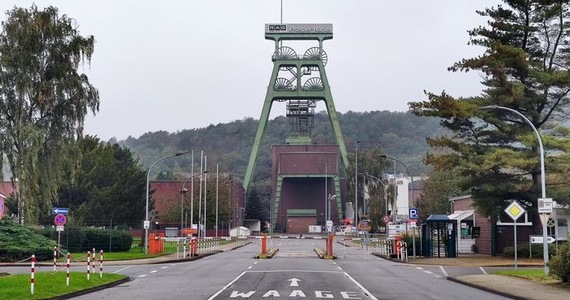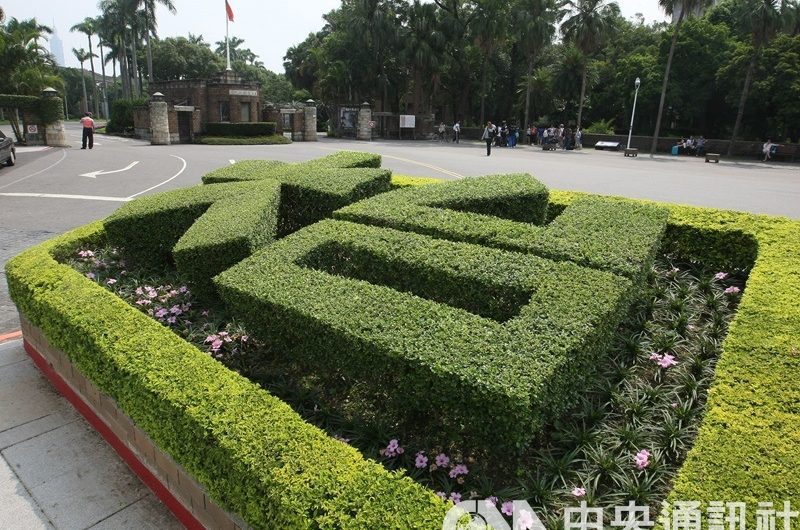INTERIA.PL Business on Twitter. Join us and read the economic news
Although Germany’s last coal mine closed three years ago, city buses still arrive at the facility’s gate. There is no shortage of people willing to go on a trek, although the last miners traveled this route in December 2018.
The elders of Bottrop City reacted with sadness when asked about Prosper-Haniel. After all, for decades it was the largest workplace in the region, supporting entire families. Meanwhile, the pride of the region, it is visited by politicians and even the Pope himself. The mine operated for 155 years, starting in 1863. Its closure ended the mining phase in the history of the Ruhr region. But it has also become a symbol of Germany’s shift towards renewable energy.
For younger residents, the area is less associated with mining. “Best place in town” – you can hear it. Because there you can feel as if you are on a mountain trip, but you can also watch opera, skiing, weightless flying or look at the panorama of the entire Ruhr region from the top.
While wandering around Germany’s last hard coal mine, you can feel like you’re in a nature reserve at times. Although it must be remembered that after all, everything has artificial roots. The 160-meter-high mountain that dominates the area is actually a mound that has been collecting waste from the Prosper Hanel mine for decades.
There is no shortage of people willing to roam the area. You can reach Haniel’s mound by way of the cross; However, later stations show not only the following stages of the Passion of Christ, but also mining equipment. At each station there is a story about various equipment: there are mining cars, drills, elevators, column elements. At the end of the road is a large wooden cross consecrated by John Paul II in 1987.
From there, it’s not far from the top of the pile. The view is amazing, because there are more than 100 wooden supports at the top. These are “Totems” – an installation by Basque artist Agustín Ibarola, who erected and then painted unused railway sleepers there. When the installation was created in 2002, it was intended as a contrast to the gray industrial landscape. However, the landscape is no longer grey. The area has been green for years, and as a result, it no longer resembles industrial areas.
Just below the summit, you can see a specific “volcano crater”. It is an amphitheater built in 2007. Performances attract dozens of visitors there, and in 2016 there was an opera – “The Flying Dutchman” by Richard Wagner.
However, most people are drawn to the AlpinCenter, a 640m indoor ski slope. This is one of the longest covered slopes in the world. On the other hand, young people are eager to go to the “indoor skydiving” wind tunnel, where, as the owner says, “you can feel as if you are skydiving from several thousand meters.”
“We are trying to make the best use of the Brownfield location for recreational purposes,” says D.W. Thorsten Albrecht of the Bottrop City Press Office. However, he admits that the city has its problems, for example there is no space where companies can build their headquarters, and developers – new apartments.
Bottrop also has serious economic problems. Statistics published in 2018 show that Bottrop’s per capita GDP is the lowest among all major cities in Germany. It is 22.7 thousand. Per capita euro per year, when, for example, in Munich it is almost 80 thousand, and in Wolfsburg – more than 180 thousand.
Albrecht hopes the former mines and their vicinity will attract entrepreneurs. A major post-industrial recovery project is being planned in the south of the city. Some elements of the mine will be preserved, but new office buildings, gardens and apartments will be built around them.
What will happen to the Prosper-Haniel mine itself? This is not yet known. Thorsten Albrecht explains that at present the mine shafts are filled with concrete so that “everything is sealed off”. There are many indications that the last mine will be some kind of tourist attraction, and its buildings can still be admired while walking the piles.
– I must admit that we have succeeded in turning the mine and the surrounding area green. Now, a more serious task – transforming the whole city – tells us a resident of Bottrop, who walked in the Kulnischer Wald forest surrounding the former factory.
Mateusz Madejski, Polish editorial board of Deutsche Welle

“Food practitioner. Music junkie. Avid troublemaker. Hipster-friendly creator. Social media lover. Wannabe pop culture fanatic.”







